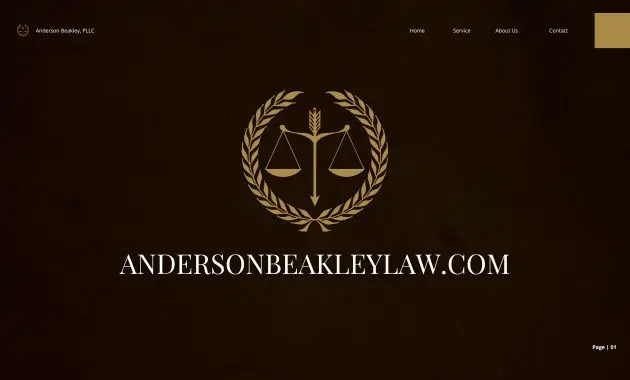Aviation product liability sets the stage for this enthralling narrative, offering readers a glimpse into a story that is rich in detail and brimming with originality from the outset.
The aviation industry, with its complex network of manufacturers, suppliers, airlines, and passengers, operates within a delicate ecosystem of safety and accountability. At the heart of this ecosystem lies the concept of aviation product liability, a legal framework that governs the responsibility of manufacturers and other parties for defective products that cause harm. From aircraft components to sophisticated avionics systems, the potential for product-related accidents is a constant concern, necessitating a comprehensive understanding of the legal principles and standards that govern this field.
Trends and Future Considerations: Aviation Product Liability
The aviation industry is constantly evolving, with advancements in technology, materials, and operational practices driving change at a rapid pace. These advancements bring significant benefits, but they also present new challenges and complexities, particularly in the realm of product liability. This section explores emerging trends and their potential impact on the legal landscape of aviation product liability, identifying future considerations and challenges.
Also Read
Advanced Technologies and Complex Aviation Products, Aviation product liability
The increasing use of advanced technologies in aviation, such as artificial intelligence (AI), machine learning, and autonomous flight systems, is leading to more complex aircraft designs and operational procedures. These technologies, while offering significant potential for improved safety and efficiency, also introduce new potential sources of liability. For instance, AI-powered systems may make decisions that result in accidents, and the complexity of these systems can make it difficult to determine the cause of failures.
As technology continues to advance and the aviation industry evolves, the landscape of aviation product liability will undoubtedly continue to shift. The growing complexity of aircraft designs, the increasing reliance on autonomous systems, and the emergence of new materials and manufacturing processes will all present unique challenges and considerations for legal professionals. Understanding the fundamental principles of aviation product liability, the key parties involved, and the intricacies of evidence and proof remains crucial for navigating this evolving legal landscape.
Aviation product liability cases often involve complex legal issues, including those related to design defects, manufacturing flaws, and inadequate warnings. Understanding the nuances of employment law for corporations is also crucial in such cases, as it can impact the liability of manufacturers and their employees. For instance, the actions of employees during the design or manufacturing process can directly contribute to product defects, leading to legal claims against both the corporation and individual employees.



